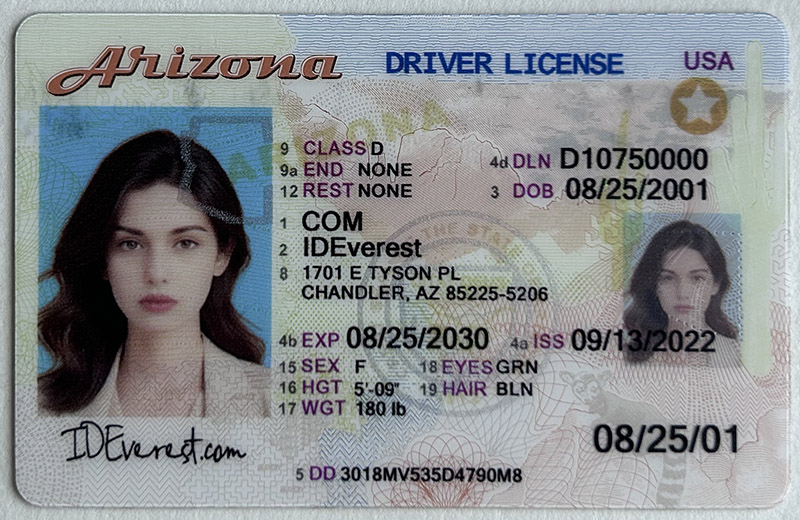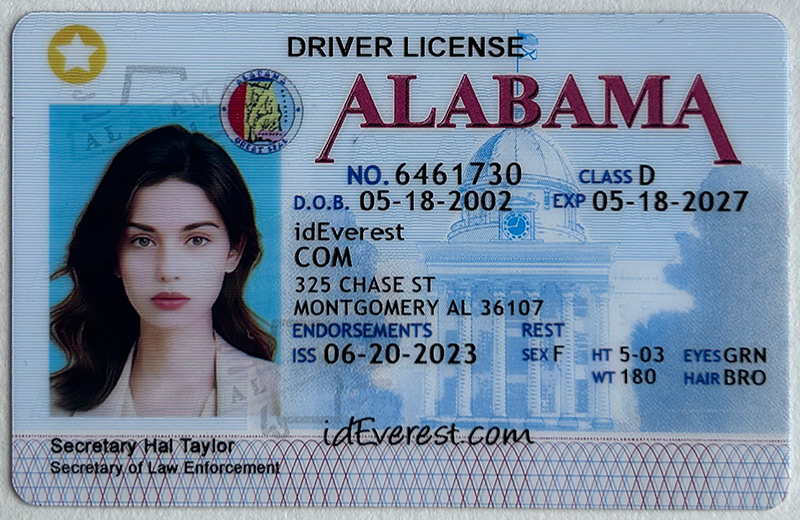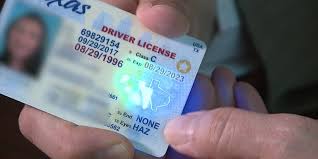does us driver's license work in canada
Imagine cruising along the scenic highways of Canada, from the breathtaking Rocky Mountains to the vibrant cities of Toronto and Vancouver. For many U.S. citizens, Canada is a dream destination for road trips and extended vacations. But before you hit the road, you might wonder: Does a U.S. driver's license work in Canada?
The good news is that if you hold a valid U.S. driver's license, you're generally allowed to drive in Canada for short-term visits without needing to obtain a Canadian license. Canada and the United States share a friendly border and a similar approach to driving regulations, making it relatively easy for Americans to navigate Canadian roads. However, understanding the nuances of driving in a foreign country, even one as familiar as Canada, is crucial for a safe and enjoyable experience.
U.S. Driver's License Validity in Canada
Your U.S. driver's license is valid in Canada for most purposes, including tourism, short-term visits, and temporary stays. Canadian provinces and territories recognize U.S. licenses as long as they are valid and not expired. This means that you can rent a car, drive your own vehicle, or borrow a friend's car without any legal issues, provided that your license is up to date.
However, the length of time you can drive in Canada with a U.S. license varies depending on your purpose of visit and the province you are in. Generally, for tourism or business trips lasting up to six months, your U.S. license is sufficient. If you plan to stay longer, such as for work or studies, you may need to exchange your U.S. license for a Canadian one, depending on the province.
Driving Rules and Differences
While driving in Canada with a U.S. license is straightforward, it's essential to familiarize yourself with Canadian driving rules and customs, which may differ slightly from those in the U.S. For instance, speed limits are posted in kilometers per hour (km/h), not miles per hour (mph), so you'll need to adjust your understanding of speed accordingly. In most urban areas, the speed limit is 50 km/h (about 31 mph), while on highways, it typically ranges between 90 and 110 km/h (55-68 mph).
Canada also has some unique driving laws, such as mandatory use of headlights during the day in certain provinces and the requirement to yield to pedestrians at all crosswalks. Additionally, while the legal blood alcohol concentration (BAC) limit in the U.S. is 0.08%, in Canada, it can be as low as 0.05%, depending on the province. This lower threshold means that even a small amount of alcohol can result in a DUI charge, so it's best to avoid drinking and driving altogether.
Insurance Requirements
When driving in Canada, it's crucial to have proper auto insurance coverage. Most U.S. auto insurance policies provide coverage in Canada, but it's wise to verify this with your insurance provider before your trip. Ensure that your policy includes liability coverage, as Canadian law requires all drivers to carry it. If you're renting a car, the rental company will typically offer insurance, but double-check that it meets Canadian standards.
In the rare case that your U.S. insurance doesn't cover you in Canada, you may need to purchase a separate policy. This is especially important if you're planning an extended stay or if you're moving to Canada. Some provinces, like British Columbia and Manitoba, have public auto insurance systems, and you may need to register your vehicle and obtain insurance through the provincial provider if you're staying long-term.
Driving in Canada with a U.S. license offers the freedom to explore the country's diverse landscapes at your own pace. Whether you're taking a leisurely drive through the quaint towns of Quebec or embarking on an epic cross-country journey, understanding the nuances of driving in Canada will enhance your experience and keep you safe on the road.
What to Expect at the Border
When crossing the U.S.-Canada border by car, it's important to have the necessary documents ready. Besides your passport or NEXUS card, you should carry your U.S. driver's license and proof of insurance. Border agents may ask for these documents, especially if you're bringing your own vehicle into Canada. It's also a good idea to have a copy of your vehicle's registration on hand.
If you're traveling with children or pets, be aware of additional documentation requirements. For instance, you may need to show proof of your pet's vaccinations, and if you're not the child's parent or legal guardian, a notarized letter of permission may be required.
Exchanging Your U.S. License for a Canadian License
If you plan to stay in Canada for more than six months, or if you're relocating permanently, you might need to exchange your U.S. driver's license for a Canadian one. The process for exchanging licenses varies by province, but generally, it's a straightforward procedure.
In most provinces, including Ontario, British Columbia, and Quebec, you can exchange your U.S. license without taking a driving test, provided that your license is valid and you meet the residency requirements. You'll need to visit a local licensing office, present your U.S. license, provide proof of residency (such as a utility bill or rental agreement), and pay a fee. In some cases, you may also need to provide a driving record from your home state.
Once you've exchanged your license, you'll receive a Canadian driver's license that allows you to drive in all provinces and territories. Keep in mind that if you return to the U.S. and plan to drive there again, you may need to reapply for a U.S. license, depending on your state's regulations.
Tips for a Smooth Driving Experience in Canada
To ensure a smooth and enjoyable driving experience in Canada, consider the following tips:
Get Familiar with the Road Signs: Canadian road signs may look different from those in the U.S., especially in Quebec, where signs are primarily in French. Familiarize yourself with common signs before you go, particularly those related to speed limits, parking, and pedestrian crossings.
Prepare for Weather Conditions: Canada's weather can be unpredictable, especially in winter. If you're traveling during the colder months, ensure your vehicle is equipped with winter tires and emergency supplies. Even in summer, rural areas may have gravel roads or wildlife crossings, so drive cautiously.
Use a GPS or Map: While Canada has excellent road infrastructure, rural areas may have limited cell service. A reliable GPS or a physical map will help you navigate unfamiliar routes without getting lost.
Respect Local Customs: Canadians are known for their polite driving habits, such as yielding to pedestrians and signaling well in advance of turns. Emulate these behaviors to blend in and drive safely.
Stay Informed About Local Laws: Each province has its own driving laws and regulations. For example, in British Columbia, it's illegal to use a handheld phone while driving, and in Quebec, it's mandatory to carry a winter survival kit in your car during certain months. Research the rules of the province you'll be visiting to avoid any surprises.
By understanding these key aspects of driving in Canada with a U.S. license, you'll be well-prepared to enjoy the open road and all the incredible sights Canada has to offer. Whether you're planning a short visit or a long-term stay, knowing the rules and being prepared will ensure a smooth and memorable driving experience in the Great White North.
 Arizona Fake ID Cards
Arizona Fake ID Cards
 ideverest scans Alabama fake I
ideverest scans Alabama fake I
 Fake Florida DL
Fake Florida DL
 scannable Fake US-Green Card
scannable Fake US-Green Card